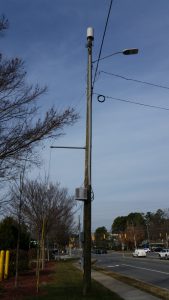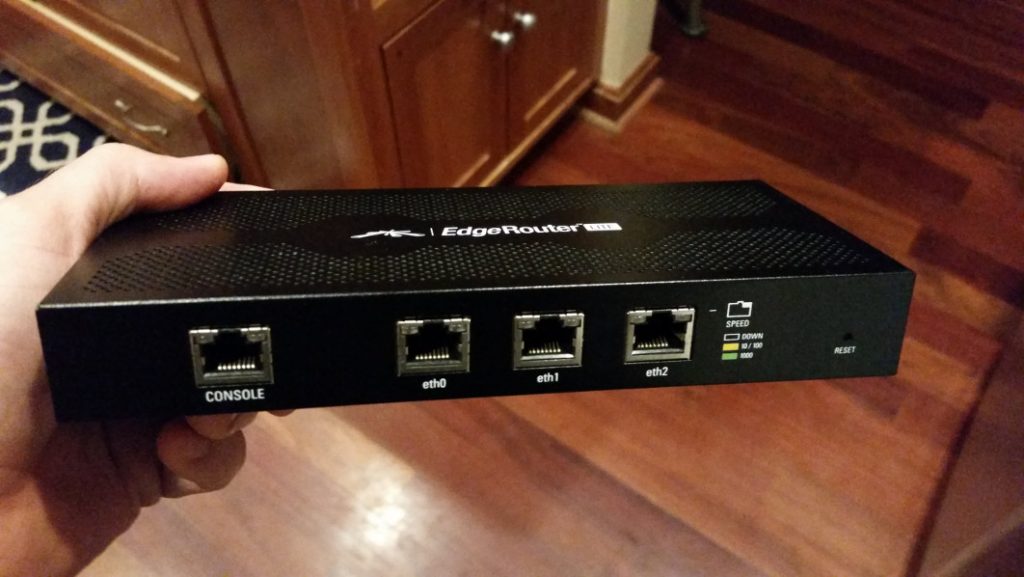Hackers hacking hackers. Reason #47,672 why I love the Dutch!
According to a report in the Dutch newspaper de Volkskrant, the General Intelligence and Security Service of the Netherlands (AIVD)—the Netherlands’ domestic intelligence service—had hacked into the network of a building at a Russian university in Moscow some time in the summer of 2014. The building housed a group running a hacking campaign now known as “Cozy Bear,” one of the “threat groups” that would later target the Democratic National Committee.
Russia’s hack of State Department was “hand-to-hand” combatAIVD’s intrusion into the network gave them access to computers used by the group behind Cozy Bear and to the closed-circuit television cameras that watched over them, allowing them to literally witness everything that took place in the building near Red Square, according to the report. Access to the video cameras in a hallway outside the space where the Russian hacking team worked allowed the AIVD to get images of every person who entered the room and match them against known Russian intelligence agents and officials.
Based on the images, analysts at AIVD later determined that the group working in the room was operated by Russia’s Foreign Intelligence Service (SVR). An information and technology sharing arrangement with the National Security Agency and other US intelligence agencies resulted in the determination that Cozy Bear’s efforts were at least in part being driven by the Russian Federation’s leadership—including Russian President Vladimir Putin.
Source: Candid camera: Dutch hacked Russians hacking DNC, including security cameras | Ars Technica







